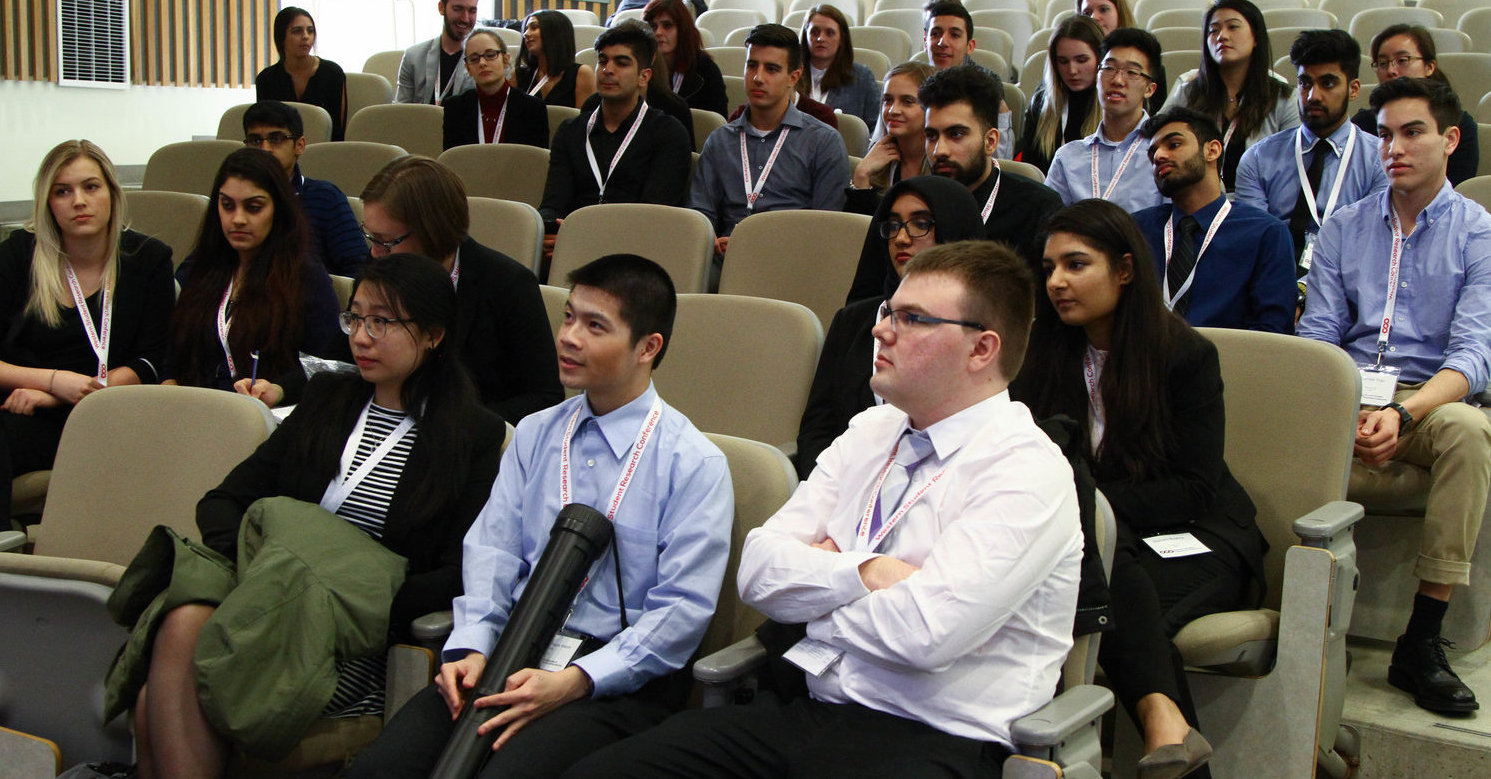TGF-β Remodeling of HGF on Different Titanium Topographies
Year of Study
Second Year
Abstract
The undesired soft-tissue attachment on the newly placed dental implants could cause instability and lead to implant failure. This study aims to use different titanium substratum topographies as well as TGF-β1 and TGF-β3 cytokines remodeling to decrease human gingival fibroblasts’ (HGF) attachment to the implant post while controls fibrosis, which is the natural result of wound healing. Vinculin is the key protein that controls focal adhesion of each cell. By using immunofluorescence microscopy, the area and intensity of vinculin protein are examined. In order to confirm the results, CyQUANT assays were used to count the number of cells attached to each titanium disks and with different TGF-β remodelling methods. The results showed that the immunostaining results had decreased focal adhesion as the topographies change from smooth to rough, and the CyQUANT assays confirmed less cell number on the rough surfaces. In addition, the cytokine remodeling didn’t have a significant nor clear trend in both experiments. In conclusion, this research could potentially optimize the dental implant material, and efficiently reduce the soft tissue attachment which prolongs the life span of dental implants.
Presentation Type
Oral Presentation
TGF-β Remodeling of HGF on Different Titanium Topographies
The undesired soft-tissue attachment on the newly placed dental implants could cause instability and lead to implant failure. This study aims to use different titanium substratum topographies as well as TGF-β1 and TGF-β3 cytokines remodeling to decrease human gingival fibroblasts’ (HGF) attachment to the implant post while controls fibrosis, which is the natural result of wound healing. Vinculin is the key protein that controls focal adhesion of each cell. By using immunofluorescence microscopy, the area and intensity of vinculin protein are examined. In order to confirm the results, CyQUANT assays were used to count the number of cells attached to each titanium disks and with different TGF-β remodelling methods. The results showed that the immunostaining results had decreased focal adhesion as the topographies change from smooth to rough, and the CyQUANT assays confirmed less cell number on the rough surfaces. In addition, the cytokine remodeling didn’t have a significant nor clear trend in both experiments. In conclusion, this research could potentially optimize the dental implant material, and efficiently reduce the soft tissue attachment which prolongs the life span of dental implants.



